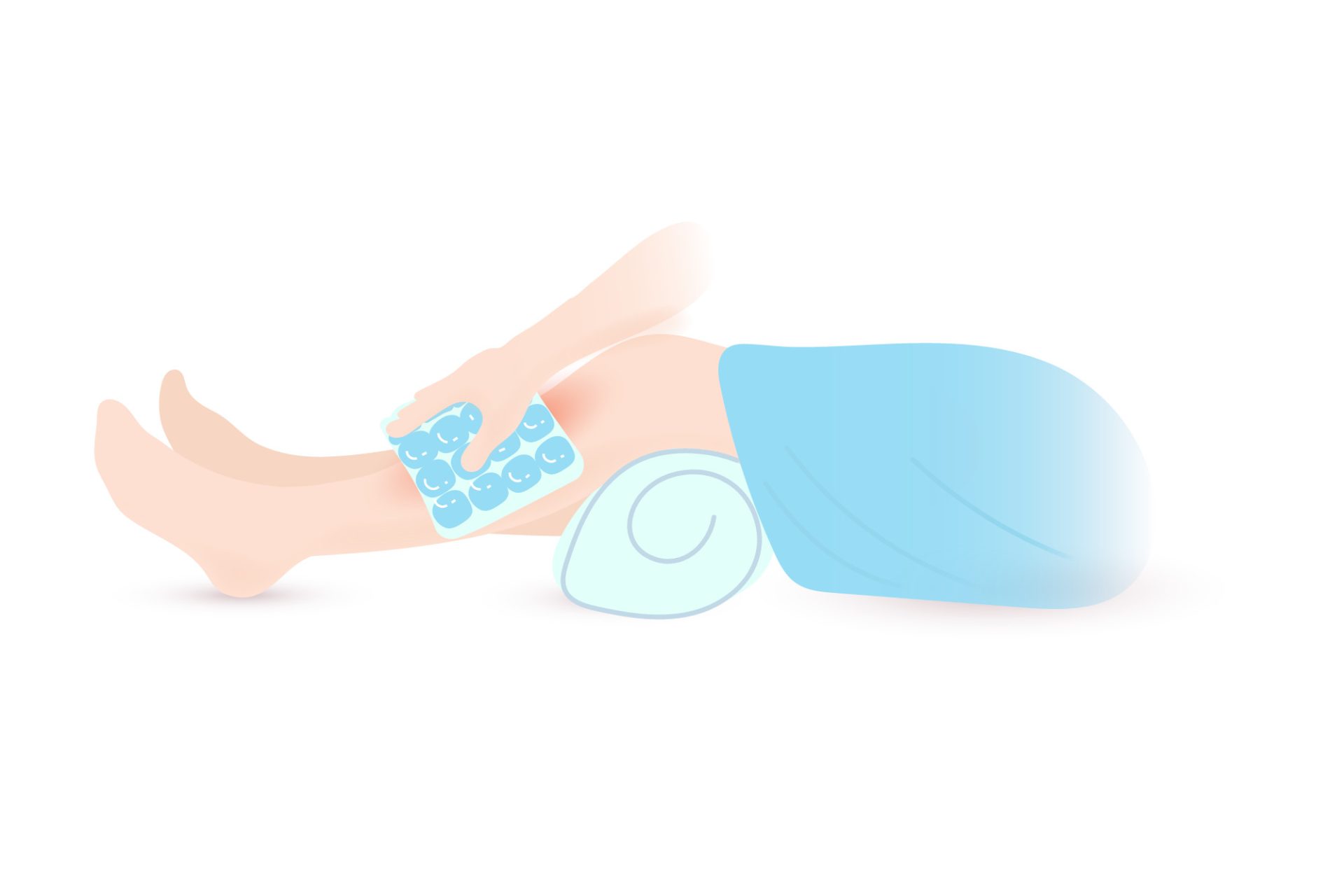Shin splints, also known as medial tibial stress syndrome, is a common condition characterized by pain and inflammation along the shinbone (tibia). It often occurs in athletes and individuals who engage in activities that involve repetitive stress on the lower leg, such as running, jumping, or dancing. Shin splints can be caused by various factors, including overuse, improper footwear, muscle imbalances, and biomechanical issues.
Managing shin splints requires a comprehensive approach to alleviate pain, reduce inflammation, promote healing, and address underlying factors contributing to the condition. Physiotherapy plays a crucial role in the treatment process, helping individuals recover from shin splints and prevent future occurrences.
The treatment of shin splints typically involves following the 5 stages of rehab:
- Pain management: The initial focus is on managing pain and reducing inflammation in the affected area. Physiotherapists may use techniques such as manual therapy, soft tissue mobilization, and modalities like ice therapy to alleviate pain and swelling. They may also recommend the use of orthotics or supportive footwear to provide additional cushioning and support to the lower leg.
- Range of motion: Once pain and inflammation are under control, the emphasis shifts to restoring normal range of motion in the lower leg and ankle. Physiotherapists prescribe gentle stretching and range of motion exercises to improve flexibility and prevent stiffness. These exercises aim to gradually increase the mobility of the muscles and tendons in the lower leg.
- Motor control: This stage focuses on improving motor control and addressing any muscle imbalances or biomechanical issues that may have contributed to the development of shin splints. Physiotherapists prescribe specific exercises that target the muscles of the lower leg, as well as the hips and core. These exercises aim to improve muscle activation, balance, and coordination, promoting optimal movement patterns and reducing the risk of re-injury.
- Strengthening: Strengthening the muscles of the lower leg and addressing any weaknesses or imbalances is crucial for preventing future occurrences of shin splints. Range Physiotherapists will design a personalized exercise program that targets the muscles involved in supporting the lower leg and ankle. These exercises may include calf raises, toe curls, and resistance band exercises to gradually build strength and endurance.
- Maintenance and prevention: The final stage focuses on maintaining the gains achieved through rehabilitation and implementing strategies to prevent future occurrences of shin splints. Range Physiotherapists will provide guidance on appropriate warm-up and cool-down exercises, stretching routines, and proper footwear selection. They may also guide individuals on gradually increasing training intensity, incorporating cross-training activities, and making any necessary modifications to training programs to minimize the risk of re-injury.
In addition to physiotherapy, other treatment options for shin splints may include the use of nonsteroidal anti-inflammatory drugs (NSAIDs) to manage pain and inflammation, as well as activity modifications to allow for proper rest and recovery.
It is important to work closely with a qualified physiotherapist who specializes in treating shin splints. Range Physiotherapists will assess the individual’s condition, develop a tailored treatment plan based on the stages of rehab, and monitor progress throughout the rehabilitation process. With proper treatment, exercises, and adherence to preventive strategies, individuals with shin splints can experience a successful recovery, improved function, and a reduced risk of future occurrences.
For more information regarding shin splints please see: https://www.physio-pedia.com/Medial_Tibial_Stress_Syndrome?utm_source=physiopedia&utm_medium=search&utm_campaign=ongoing_internal
https://www.betterhealth.vic.gov.au/health/conditionsandtreatments/shin-splints


